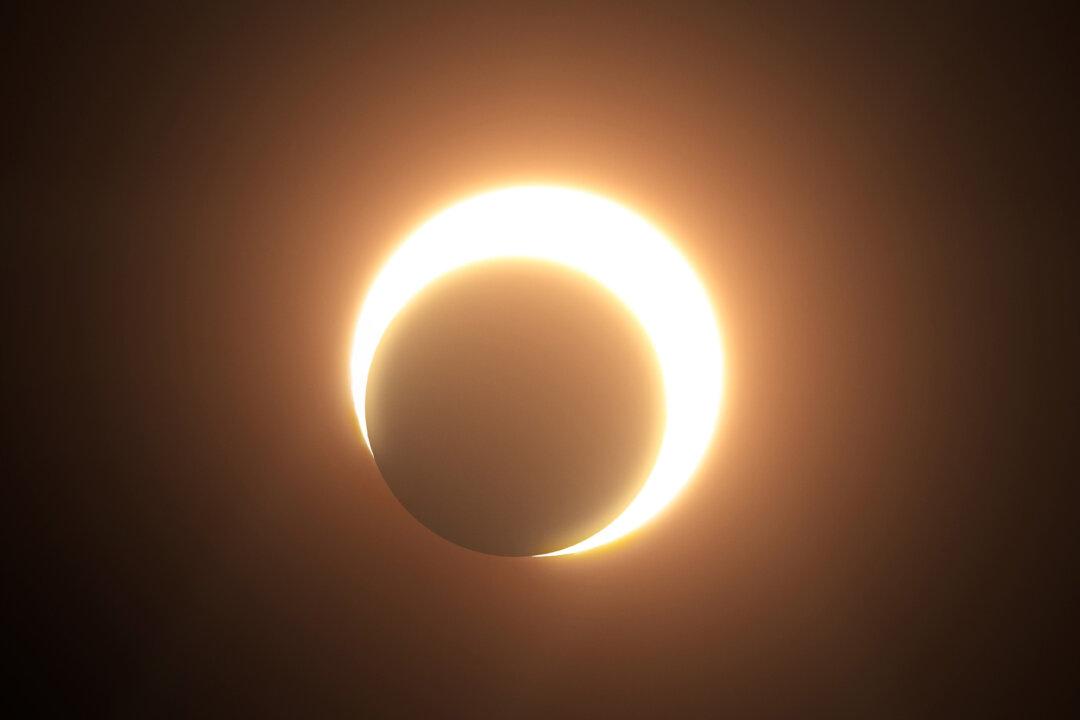You might notice a dramatic dimming of the sun in mid-October if you live in certain highly-populated parts of North America or beyond.
The reason for this? An event known as an annular solar eclipse will cause the moon’s shadow to bisect large swaths of North, Central, and South America on Oct. 14, 2023.






